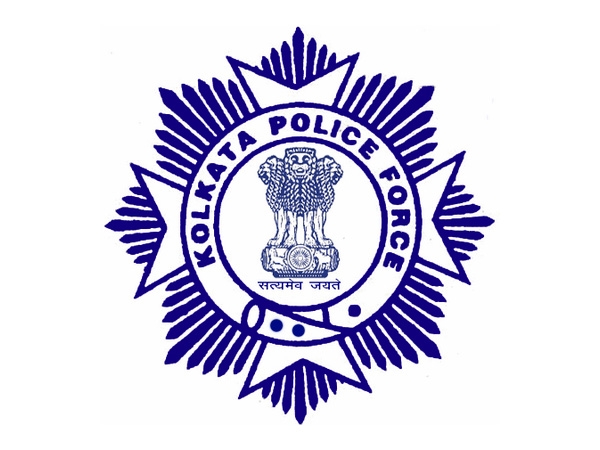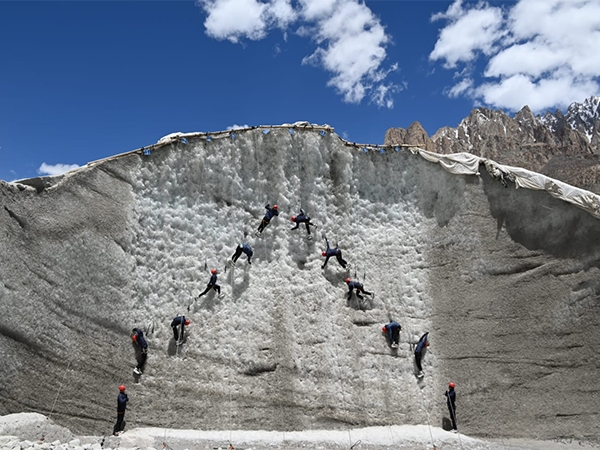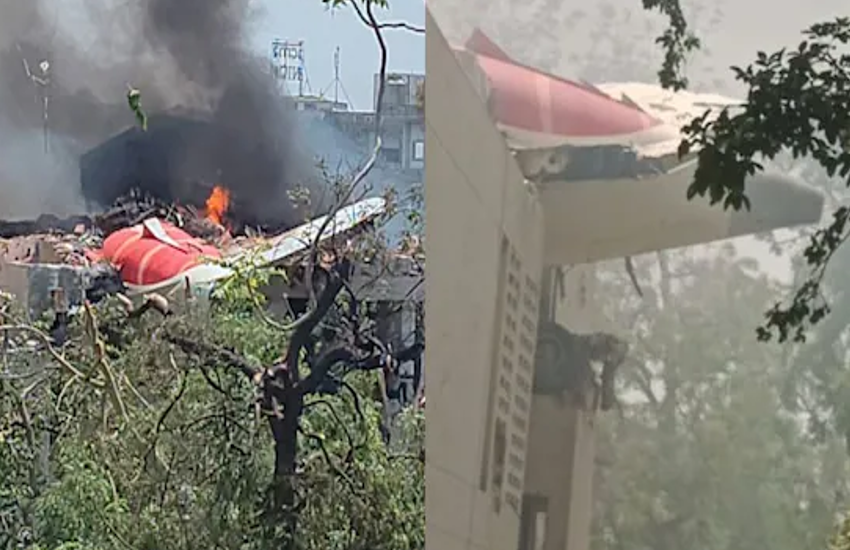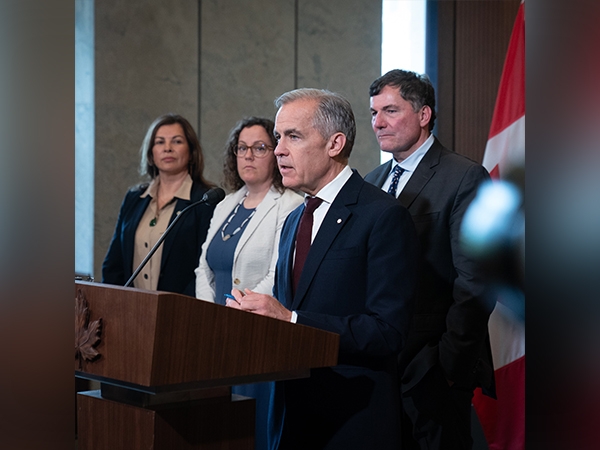Dhaka attack: emerging details reveal a country at war with itself

- Bangladeshi police have identified 5 of the Dhaka attackers
- At least 3 of them came from rich families and went to elite schools
- This shows that a wide section of the society has become radicalised
- The home minister says it has \'become a fashion to be a terrorist\'
- How protests in late 2013 made Bangladesh ripe for radicalisation
- How Jamaat-e-Islami\'s bloody history has cast a cloud over Bangladesh\'s politics
Startling facts have emerged about last Friday's attack on Holey Artisan Bakery in Dhaka, which left over 20 people dead, mostly foreigners.
The attackers, Bangladeshi newspapers reported, came from the extremes of the social spectrum. The authorities suspected their involvement in terrorism and the police were looking for them. That they still managed to carry out a deadly attack in the heart of the capital speaks volumes about the anti-terror capabilities of Bangladesh.
Also read - Alarm call: why the Dhaka attack is Bangladesh's moment of reckoning
A twitter account linked to Ansar ul Islam, an affiliate of Al-Qaeda in South Asia, had warned of a terror strike in Gulshan, the newspaper Dhaka Tribune reported. India, too, had reportedly issued such a warning.
There's still confusion about the number of attackers. After SITE Institute, which tracks terrorist activities online, found the names and pictures of the attackers on an ISIS-linked website, the police, too, released photos of five attackers, identifying them as Bikash, Ripon, Don, Akash and Badhon. The Dhaka elite was shocked to find that three of them were from well-to-do families and had gone to expensive schools and colleges. Their varied backgrounds show the extent of radicalisation in the crisis-ridden country.
Foot soldiers
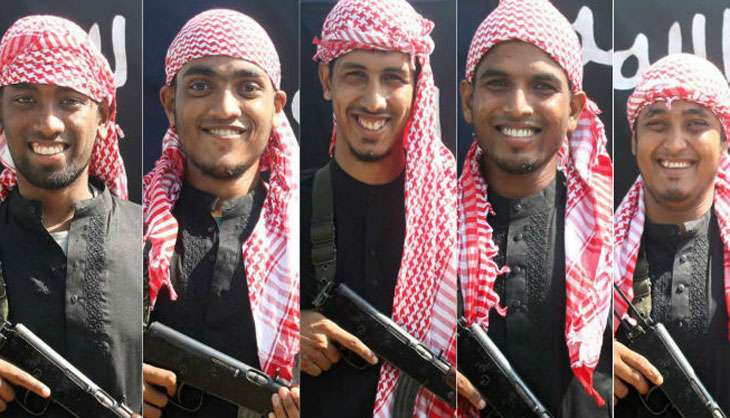
Nibras Islam, 22, who was described by witnesses and the police as the kingpin, went to Turkish Hope High School in Dhaka and then to Monash University in Malaysia. He had disappeared after returning to Dhaka early this year and enrolled in the North South University.
Rohan Imtiaz is said to be the son of Imitiaz Khan Babul, a member of the ruling Awami League and deputy secretary general of Bangladesh Olympics Association. Babul had filed a missing persons complaint for Imtiaz in early January. Imtiaz too went to Monash. In Dhaka, he studied at Scholastica, a posh school which charges a monthly fee of almost $200 a month. Imtiaz's mother teaches at the same school.
Also read - Nightmare in Dhaka: how the terror attack unfolded and what was behind it
Meer Saameh Mubasheer was Imtiaz's schoolmate. He had enrolled to take his A-level exam before disappearing in February.
Bikash and Badhon came from Bogra in northern Bangladesh. Bikash has been identified as Hafikul Islam Ujjal of Koiyagarhi village, BDnews24 reported. Badhon's family recognised him from pictures released by the police. According to the local authorities, Badhon is actually Md Khairuzzaman, the son of a daily wage labourer who studied at a local madrassa. He had been missing for over a year.
Another person, who the police claimed was the the sixth attacker, has been identified as Saifuzzaman. His family has rejected the police's claim, saying he was a chef at the bakery and was famous for his mini-pizzas.
Little is known about the seventh suspect Saurav, whom the Bangladeshi security agencies arrested from the spot. He was detained in a "grievously injured state" from the restaurant.
Meanwhile, the security agencies are questioning Hasnat Karim, formerly a professor at North South University, Dhaka Tribune reported. Karim was in the news in 2012 for his alleged links with the radical Islamist outfit Hizb ut Tahrir. Karim was at the restaurant with his family throughout the siege, and in some of the videos of the attack, he is seen talking to the terrorists.
Outside inspiration
The security agencies have claimed that five of the attackers were Jamat ul Mujahideen Bangladesh operatives. A few reports claimed the attack was a joint operation of the JMB and Ansar ul Islam. Some of these attackers had reportedly been involved in previous attacks on a temple and on Hossain Ali, a freedom fighter who had converted to Christianity.
Home Minister Asaduzzaman Khan reiterated that the strike was carried out by homegrown outfits. Pointing to the affluent background of the attackers, he said it had "become a fashion to be a terrorist" now. Khan, however, went out on a limb to suggest that the country did not have the presence of any foreign terror group. The ruling Awami League, on the other hand, claimed the attack was the handiwork of members of the Jamaat-e-Islam's student wing.
Khan's assertion about the attackers being local may be true, but their connection with global terror outfits cannot be ruled out. While the attack bore the imprint of local outfits, the way the terrorists targeted foreigners, hacked their victims and used social media points to possible link to ISIS. Indeed, over a 100 young Bangladeshis have reportedly travelled to the Middle East to fight for the ISIS.
Hasanul Haq Inu, the information and broadcasting minister, on the other hand, alleged the involvement of Pakistan's ISI. "ISI did have connections with the Jamaat-e-Islami armed cadre in the past. Recently, a few diplomats who were working undercover in the Pakistan embassy were thrown out as they were found involved in arms smuggling network," he alleged. Since 2014, at least two officials with the Pakistani mission in Dhaka have been sent back after they were suspected of funding terror outfits like the JMB. Islamabad has denied the allegations about ISI's involvement.
The attack in Dhaka has set the alarm bells ringing in India. The BSF is said to be on high alert along the Indo-Bangla border. In a statement released on Sunday, the chief of Al Qaeda in South Asia Asim Umar called upon Indian Muslims to launch "lone wolf attacks" on officers of the Indian civil service.
On the edge
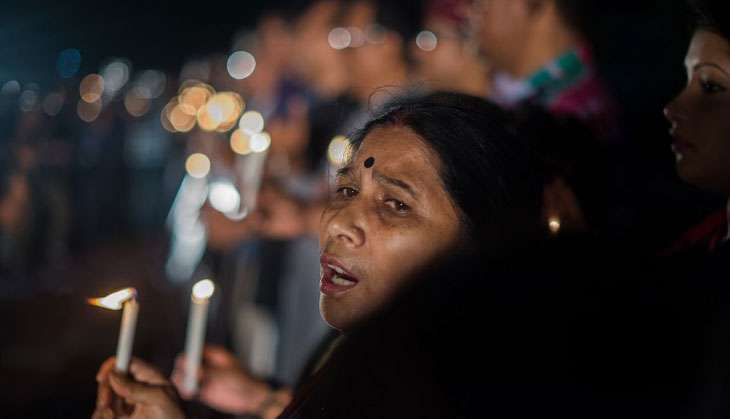
The attack didn't happen in a vacuum. Bangladesh is ripe for radicalisation. The country has become deeply divided, especially since 2013 when secular forces staged massive protests at Shahbagh, Dhaka, to protest the "leniency" shown to Abdul Quader Mollah, the Jamaat-e-Islami leader who is infamous as the "Butcher or Mirpur" for his role in the killings during the 1971 war. Mollah had been awarded a life sentence rather than a death penalty. This invited counter-protests by the militant Hefazat-e-Islam, which demanded death penalty for Shahbagh protesters and other atheist bloggers.
The divisions only deepened when the main opposition the BNP boycotted the national election in 2014. Its ally the JEI was banned from contesting polls after the courts ruled that its charter was against the country's secular constitution. Many of the group's members, particularly of its student outfit Chhatra Shibir, had resorted to violence in the run-up to elections. Several JEI leaders are facing trials at the country's War Crimes Tribunal for their role in 1971 war; some have already been executed.
Since the 2013 protests, over 50 bloggers, secular intellectuals and members of religious minorities have been attacked and killed.
The divisions seem unlikely to heal anytime soon. Indeed, while the Awami League termed the Dhaka attack as an attempt to destabilise its government, the opposition leader Begum Khaleda Zia of the BNP said: "Terrorism rises in a country in the absence of democracy, the rule of law and human rights. Political intolerance, autocracy, oppressed state systems and economic disparity give rise to such a situation."
A group of public figures sympathetic to the BNP has called for dialogue rather than confrontation. "The objective of forcing the blame on BNP-JEI may suit politics and no doubt many of them could be involved, but people are a bit fatigued by the failure to find the culprits and hearing BNP-JEI blamed without any action taken," wrote Afsan Chowdhury, a leading commentator. He also criticised the BNP for not parting ways with the JEI.
A few months after the Shahbagh protests, Asif Mohiuddin, a blogger who had survived a near-fatal attack, told this reporter how he was disappointed that the government had supported the Shahbagh protests on one hand and allowed reactionary movements such as Hefazat-e-Islam to operate on the other, apparently for fear of a majoritarian backlash.
Many other public figures in Dhaka also told Catch that the government's tactic of blaming the opposition while doing nothing to curb radical Islamists would only lead to more bloodshed. Bangladesh just can't afford that.
More in Catch -Dhaka attack: Gunmen hold 20 hostages at a cafe. ISIS claims responsibility
Is freedom of speech being murdered in Bangladesh along with its bloggers?
First published: 4 July 2016, 10:50 IST



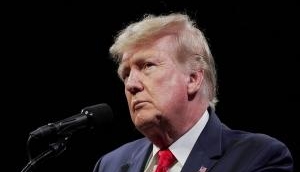
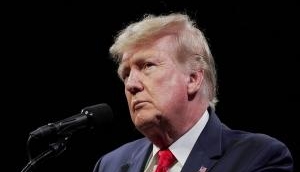
![BJP's Kapil Mishra recreates Shankar Mahadevan’s ‘Breathless’ song to highlight Delhi pollution [WATCH] BJP's Kapil Mishra recreates Shankar Mahadevan’s ‘Breathless’ song to highlight Delhi pollution [WATCH]](https://images.catchnews.com/upload/2022/11/03/kapil-mishra_240884_300x172.png)

![Anupam Kher shares pictures of his toned body on 67th birthday [MUST SEE] Anupam Kher shares pictures of his toned body on 67th birthday [MUST SEE]](https://images.catchnews.com/upload/2022/03/07/Anupam_kher_231145_300x172.jpg)


